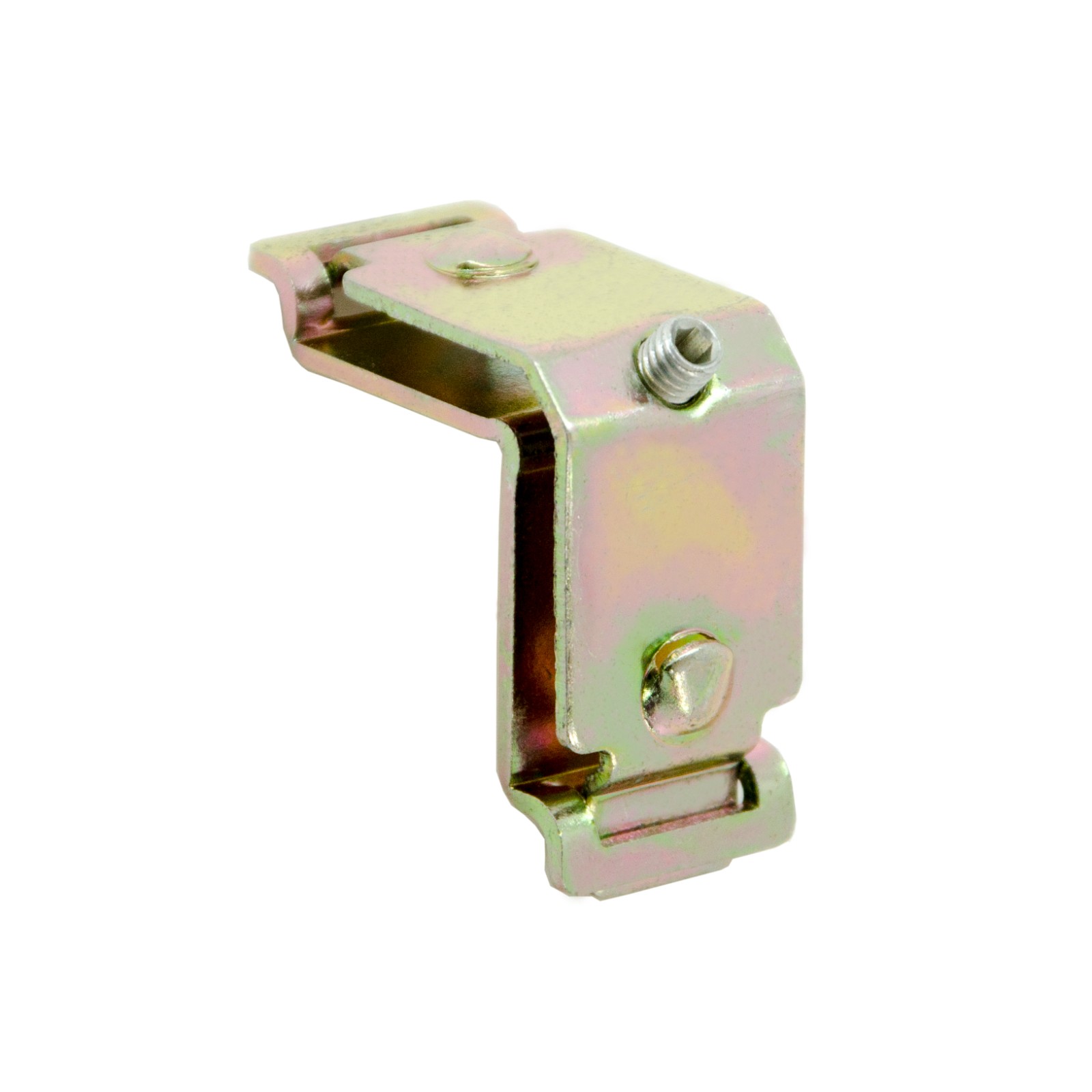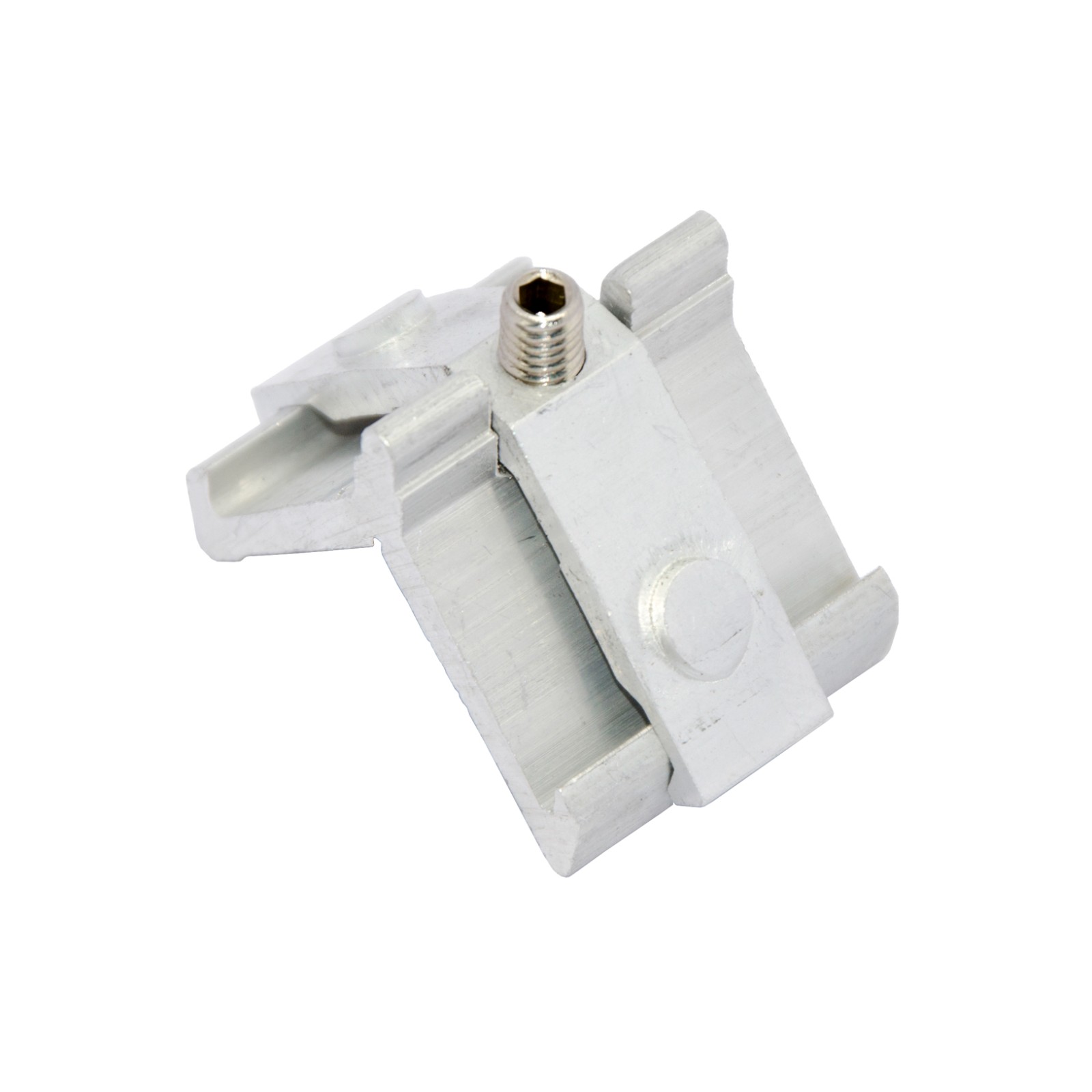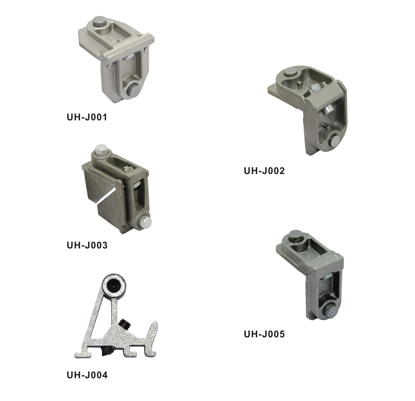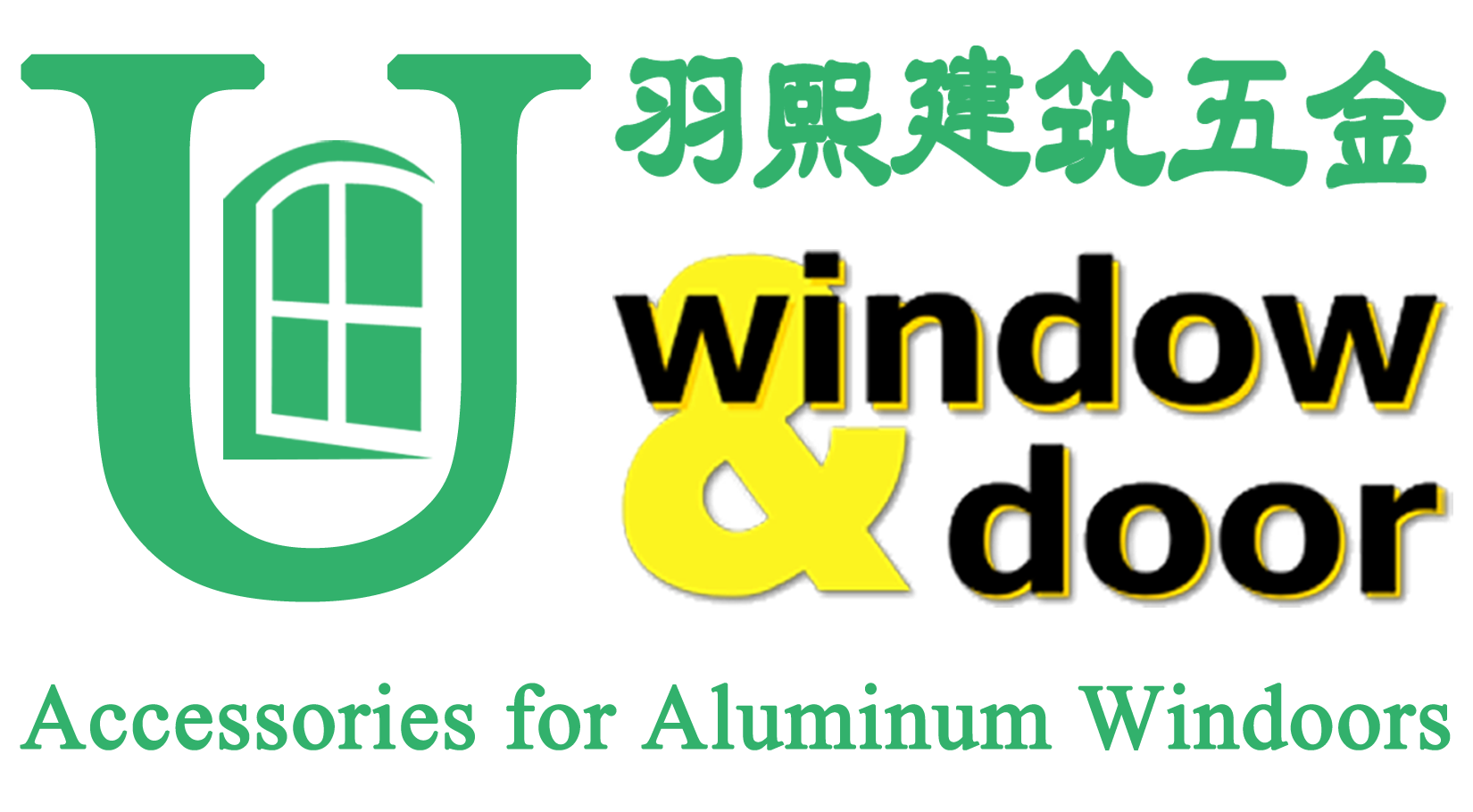Selecting the proper corner joints (also called corner connectors or corner brackets) is a critical decision in aluminum window and door manufacturing. These small but vital components determine the structural integrity, durability, and overall performance of window solutions. Whether you're working on residential windows or commercial curtain walls, understanding how to choose the right corner connector for your aluminum profile system ensures long-term reliability.
1. Consider the Window System Design
The type of window solution you're assembling directly influences corner joint selection. For standard aluminum window and door applications:
Casement windows require heavy-duty corner connectors to withstand frequent opening/closing forces
Sliding window systems need low-profile joints that maintain smooth track alignment
Tilt-and-turn mechanisms demand specialized corner brackets with reinforced geometry
Structural glazing applications may require weatherproof connectors with thermal break capabilities
Always match the corner joint to your specific window system's movement patterns and load requirements.
2. Evaluate Aluminum Profile Compatibility
Corner connectors must perfectly fit your aluminum profile specifications:
Profile series dimensions (e.g., 60mm vs. 80mm systems)
Wall thickness (1.4mm, 1.8mm, or 2.0mm profiles need different connector designs)
Groove configurations (European vs. American profile systems have different slot requirements)
Premium corner joints feature adjustable screw positions to accommodate minor profile tolerances while maintaining rigid connections.
3. Assess Material and Construction Quality
Not all corner connectors are created equal. Key material considerations include:
Aluminum alloy grade (6063-T5 or 6061-T6 for structural applications)
Stainless steel reinforcement in high-stress areas
Anti-corrosion treatments like anodizing for coastal environments
Avoid cheap zinc alloy connectors that may crack under thermal cycling or heavy wind loads.


4. Understand Connection Methods
Corner joints utilize different connection technologies:
Mechanical screw systems: Most common, offering adjustable tension
Punch-in connectors: Faster installation but less adjustable
Hybrid systems: Combine screws with locator pins for perfect 90° alignment
Thermal break versions: Incorporate polyamide barriers for energy-efficient windows
The best choice depends on your production process—manual assembly favors screw systems, while automated lines may use punch-in designs.
5. Account for Environmental Factors
Corner connectors must withstand:
Thermal expansion/contraction of aluminum profiles
Wind load stresses (especially in high-rise applications)
Moisture exposure (look for salt-spray tested marine-grade options)
Thermal transfer (critical for energy-efficient window solutions)
For extreme climates, specify corner joints with engineered expansion gaps and corrosion-resistant coatings.
6. Consider Installation Efficiency
Time-saving features to look for:
Pre-angled designs that eliminate guesswork during assembly
Captured screw systems that prevent lost hardware
Laser-etched alignment marks for perfect positioning
Self-centering geometries that simplify corner clamping
These features dramatically reduce assembly errors in window manufacturing.
7. Verify Testing and Certifications
Reputable corner joint manufacturers provide:
Static load test reports (typically ≥1,500N per corner)
Cyclic fatigue testing data (50,000+ operation cycles)
Thermal performance certifications for insulated systems
Material composition certificates
Never compromise on documented performance metrics.
8. Plan for Long-Term Maintenance
While corner joints are generally maintenance-free, smart selection can reduce future issues:
Choose stainless steel screws to prevent galvanic corrosion
Opt for self-lubricating bushings in moving systems
Select inspection-friendly designs that allow joint condition monitoring
Making the Final Decision
When sourcing corner connectors for your aluminum window and door projects, balance:
✔ Technical requirements (load capacity, profile compatibility)
✔ Production needs (assembly speed, tooling requirements)
✔ Cost-effectiveness (total system cost, not just part price)
The right corner joint solution should disappear into your window system—functioning perfectly for decades without calling attention to itself. By carefully evaluating these factors, you'll ensure your aluminum profiles maintain perfect alignment and structural integrity throughout the product lifecycle.
For complex projects, consult with UHIT corner connector specialists who can recommend optimized solutions for your specific window system design and performance requirements.


